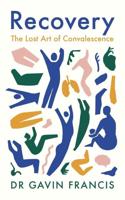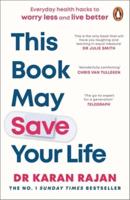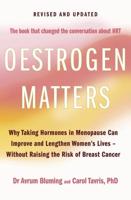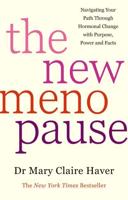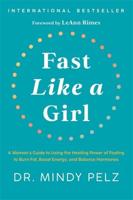Publisher's Synopsis
Excerpt from A Clinical Report on the Chemical Examination of Two Hundred Cases of Human Breast Milk
To appreciate the abnormal, we must start with some knowl edge of the normal. This is as true of the chemical analysis of human milk as of other subjects in medicine, and in judging of the results of milk analysis, some physiological standard must be set with which we 'shall be enabled to compare our results. Human milk has in its composition fat, carbohydrate, proteids, salts, and water. The first four represent the solid constitu ents, and the water represents the vehicle by which they are offered in liquid form. These constituents exist in a more or less definite proportion to each other, and yet we cannot say that all milks are alike, for they vary greatly, and although we never have more than the above - mentioned constituents, these are markedly variable. Still some standard is necessary, and we may roughly state that normal human breast milk can be represented by figures included between certain extremes. The fat varies from 3 to 4 per cent., carbohydrate from 6 to 7 per cent., proteids from 1 to a per cent., and the salts can be represented by 20 per cent. The total solids amount to 12 per cent., while the water, the complement of the total solids, is 88 per cent. In tabular form the percentages would appear thus: Fat. Carbohydrate. Proteids. Salts. Total Solids. Water. 3. - 4 6 - 7 1-2 20. 12. 88.
About the Publisher
Forgotten Books publishes hundreds of thousands of rare and classic books. Find more at www.forgottenbooks.com
This book is a reproduction of an important historical work. Forgotten Books uses state-of-the-art technology to digitally reconstruct the work, preserving the original format whilst repairing imperfections present in the aged copy. In rare cases, an imperfection in the original, such as a blemish or missing page, may be replicated in our edition. We do, however, repair the vast majority of imperfections successfully; any imperfections that remain are intentionally left to preserve the state of such historical works.

